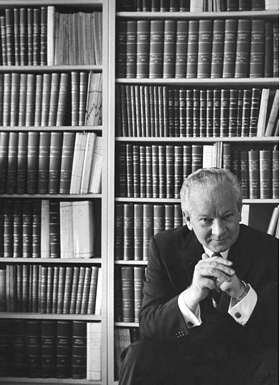| Lloyd E Varden |
|
|
|
|
|
The following information about Lloyd E. Varden has been sent to me by his sons, Stuart A. Varden, Ed.D. and Craig B. Varden, MBA. Stuart is Professor of Information Systems - Emeritus at Pace University's Ivan G. Seidenberg School of Computer Science and Information Systems in White Plains, New York, while Craig is Marketing Manager for SciClone Pharmaceuticals in San Mateo, California. Lloyd Erbin Varden was born on November 6, 1911 in Evansville, Indiana where he also grew up. After graduating from Bosse High School, he studied briefly at the University of Kentucky and Maryville College in Tennessee. However, due to the Great Depression, he did not have the financial resources to continue his formal education. Always having a general interest in chemistry, and photography in particular, he joined Huffman Labs as a chemist in Evansville in 1932 and moved to Agfa Ansco as a Technical Representative in 1934 in Cincinnati, Ohio. After two years he transferred to the Ansco Division of the General Aniline and Film Corporation in Binghamton, New York where he eventually rose to the position of Director of Education. In part to compensate for his lack of a college degree, he dedicated himself to an intensive program of self study and over the course of his career established himself as one of the world's leading experts in the photographic field. After serving on the War Production Board in Washington, DC during World War II, he returned to Ansco in Binghamton, but was soon offered the position of Vice President and Technical Director at Pavelle Color Incorporated in New York City in 1945. He remained there until 1955 when he decided that it would be possible for him to serve the photographic industry as an independent consultant. Among his clients were 3M (Film Products Division), Polaroid, Xerox, Brookhaven National Labs and many others. He traveled to Europe each summer to visit with overseas clients including Agfa and Perutz (Germany), Gevaert (Belgium), Ferrania (Italy), Ciba (Switzerland) and Ilford (UK), and also visited Japan in 1967 and 1968 for Fuji Photo. From 1955 until his death, he was an Adjunct Professor of Photographic Science and Engineering at the Columbia University School of Engineering where he taught Solid State Physics and the Principles of the Photographic Process. This was quite unusual for someone without a college degree. Many of his Columbia students went on to be leaders in the photographic field. |
||
|
For over a decade he wrote a monthly column in Modern Photography magazine called "What's Ahead." He also wrote an Introduction and Appendix to the 1968 2nd edition of the book 'A History of Colour Photography' by Joseph S Friedman (Focal Press, ISBN: 024044888X). He received an honorary doctoral degree from Maryville College in 1964. Some of his other honours include:
He died in New York City on January 15, 1970. At the time of his death, he owned the largest private collection of photographic books and journals in the world (about 20,000 items). This was eventually acquired by Fuji Photo as an integral whole where it remains. It is possible that larger collections may have existed in private companies such as Kodak, but Lloyd Varden's is thought to have been the largest ever collected by a single individual. Much of it was stored in a warehouse. The book collection included a complete set of The British Journal of Photography (or similar title; the BJP was first issued as The Photographic Journal in 1854) going back to the mid-1800s. He also owned complete (or near complete) runs of several other journals in the field. The focus of the collection was mostly from the technical or scientific side of the field as opposed to the artistic side, although some photo' picture books also were included. He was often retained to be an expert witness in patent infringement cases and did the research exclusively from his own library holdings. No external references were needed. The Varden family remained very friendly with the Pavelle family for a generation following Lloyd's departure from Pavelle Color and Stuart is still in contact with Dr. Richard (Richie) Pavelle who is mentioned near the start of the Paterson-Pavelle History. |
|||
|
|
|
|
|
|
||
